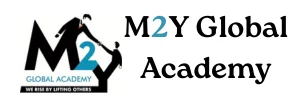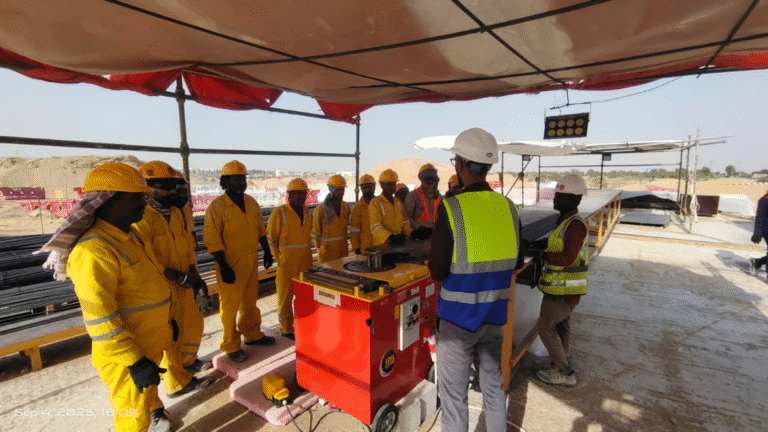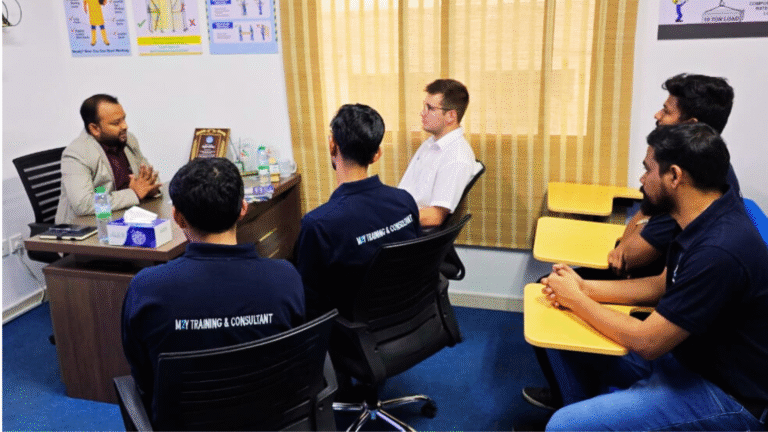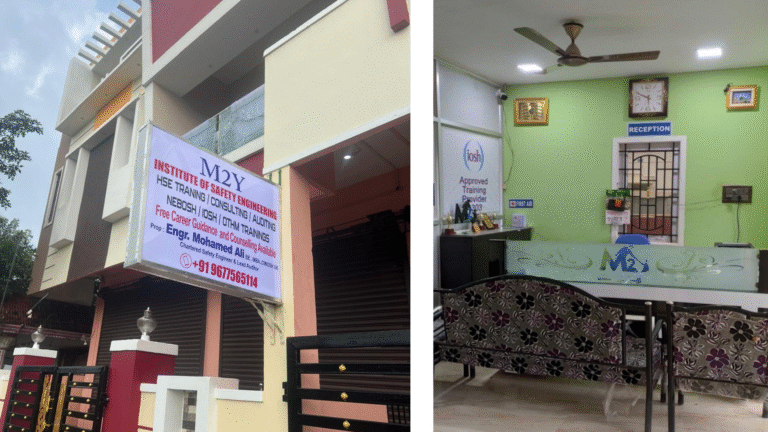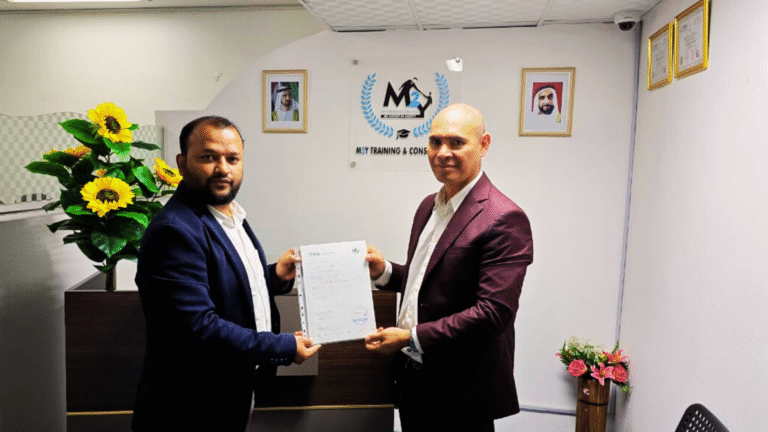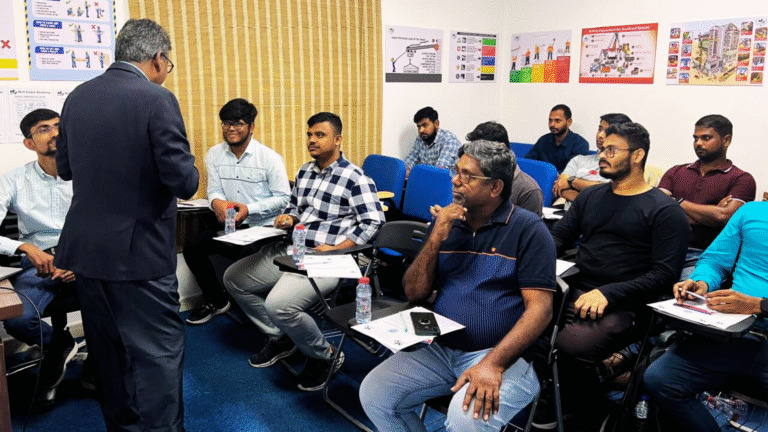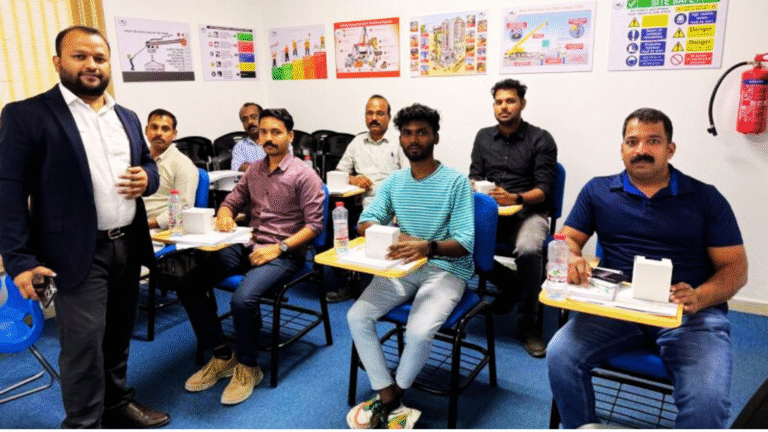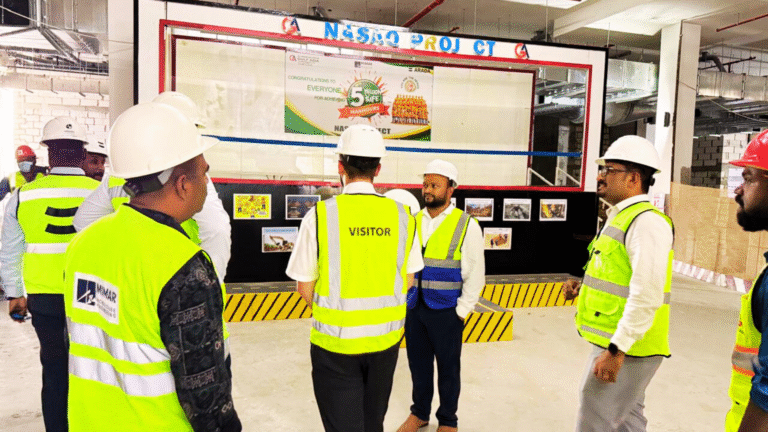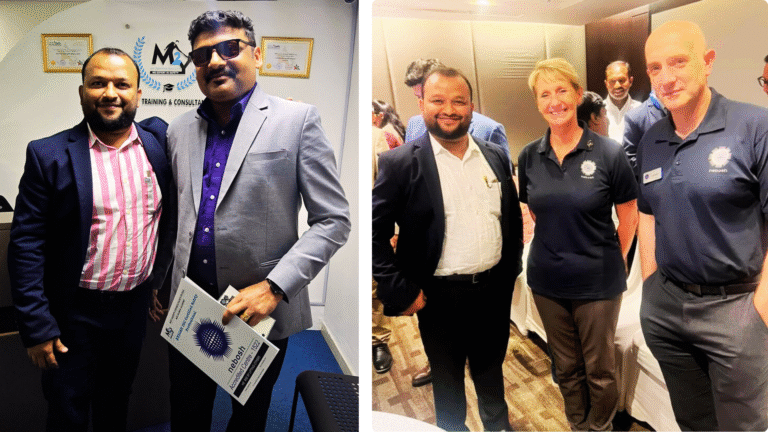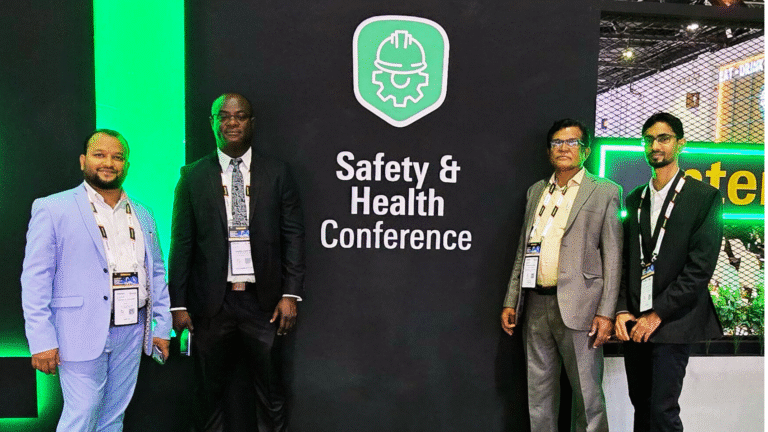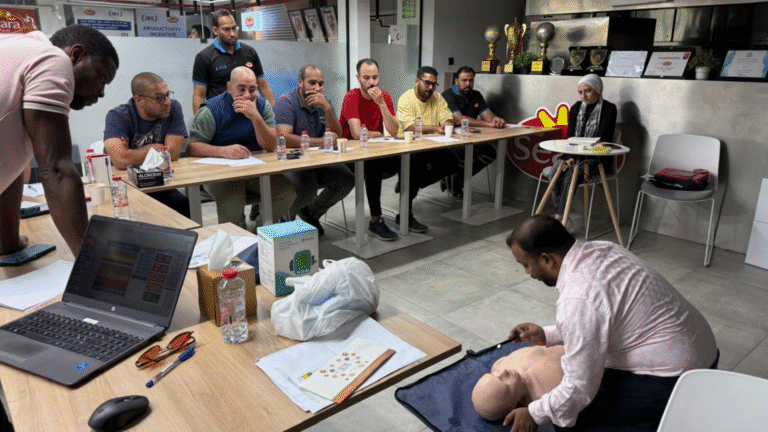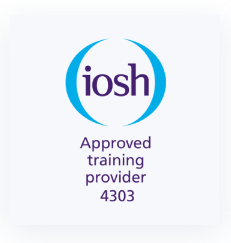Mock Drill
What is a Mock Drill?
A mock drill is a practice exercise that simulates an emergency situation to prepare people to respond effectively during real-life incidents. These drills are essential for ensuring that everyone knows how to act quickly, safely, and efficiently in the event of an actual emergency. Whether it’s a fire, an earthquake, a medical emergency, or any other crisis, mock drills help build confidence and enhance preparedness among employees, students, or residents.
Types of Mock Drill
Mock drills can be tailored to address various types of emergencies that an organization or facility might face. Here are some common types:
- Fire Drill: Simulates a fire emergency where participants practice evacuating a building safely and efficiently.
- Earthquake Drill: Trains people on how to protect themselves during an earthquake and safely evacuate afterward.
- Medical Emergency Drill: Prepares participants to handle situations like sudden cardiac arrest, severe injuries, or other medical emergencies.
- Chemical Spill Drill: Relevant for industries dealing with hazardous substances, this drill focuses on safely containing spills and decontaminating areas.
- Active Shooter Drill: Educates participants on how to respond to an active shooter scenario, including strategies to run, hide, or defend.
- Evacuation Drill: Involves practicing a building evacuation for any unspecified emergency, focusing on orderly and efficient movement to safe locations.

Benefits of Mock Drill
Mock drills offer several important benefits that contribute to a safer environment:
- Improved Preparedness: Regular drills ensure that everyone is familiar with emergency procedures, exits, and safety protocols, making them more prepared to handle real situations.
- Reduced Panic: When people know what to expect and how to respond, they are less likely to panic during an actual emergency, leading to safer, more organized evacuations.
- Identification of Weaknesses: Drills can highlight gaps or weaknesses in emergency plans, equipment, or communication systems, allowing organizations to make necessary improvements.
- Enhanced Coordination: Mock drills promote teamwork and communication among staff, emergency response teams, and first responders, ensuring a coordinated effort during an emergency.
- Regulatory Compliance: Many industries are required by law to conduct regular mock drills as part of their safety protocols. Drills help ensure compliance with these regulations.
Fire Mock Drill - A Closer Look
Fire drills are one of the most common types of mock drills and are critical for preparing individuals to respond to a fire emergency effectively. Fires can spread rapidly, causing significant harm to people and property. A well-executed fire drill can save lives by teaching people how to evacuate quickly and safely.
Steps to Conduct a Fire Mock Drill
- Plan the Drill: Determine the objectives, such as testing the evacuation process or the functionality of fire alarms. Assign roles, such as fire wardens and safety officers, to guide the drill.
- Announce the Drill: Inform all participants about the upcoming drill. It’s essential to clarify that it is just a drill to prevent unnecessary panic.
- Activate the Alarm: Start the drill by activating the fire alarm. This step helps assess the effectiveness of the alarm system and alerts everyone to begin evacuating.
- Evacuation Process: Participants should follow the designated escape routes to the nearest exits. Fire wardens ensure that all areas are cleared and that no one is left behind.
- Assembly at Designated Area: After evacuating the building, everyone should gather at a pre-determined safe assembly point away from the building.
- Roll Call and Debrief: Conduct a roll call to ensure everyone is accounted for. Afterwards, hold a debriefing session to discuss what went well and identify areas for improvement.
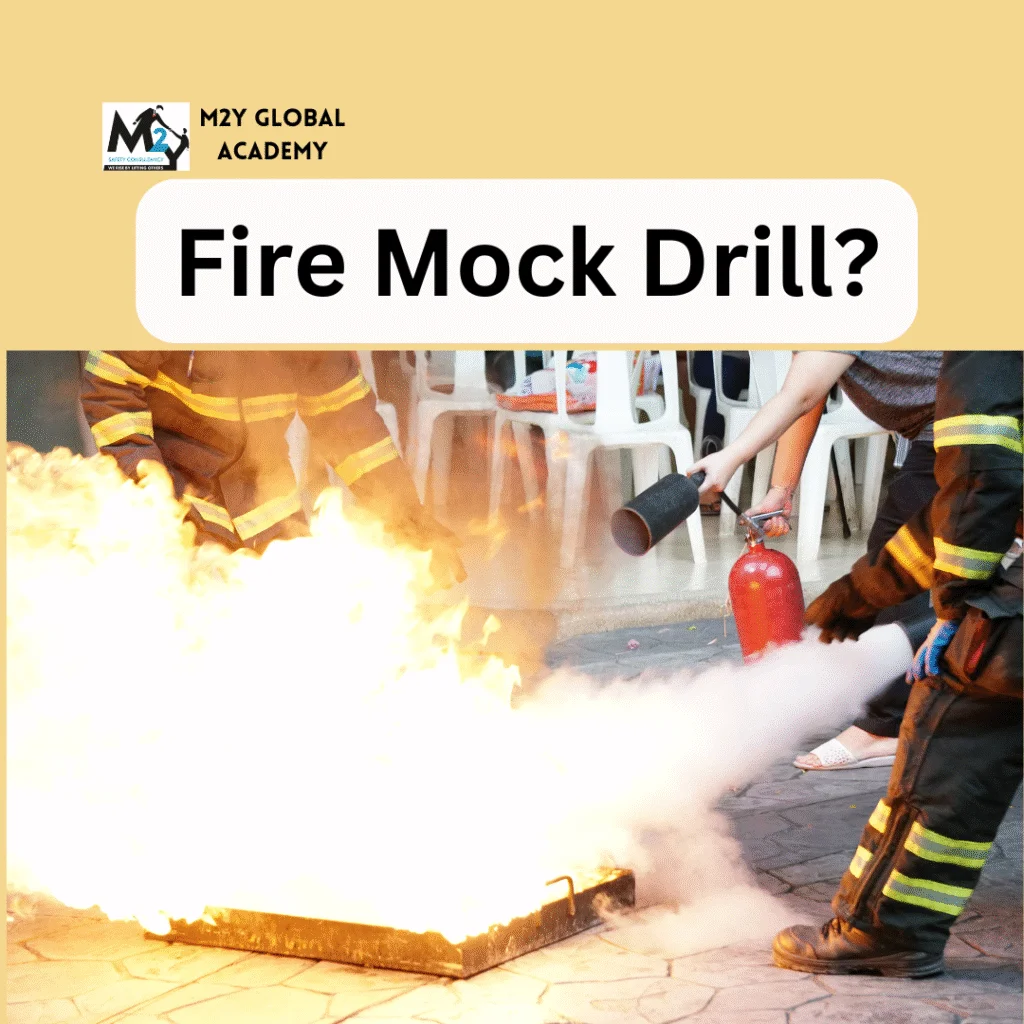
Mock Drill Examples
Here are some real-world examples of how mock drills can be used in different settings:
- Schools: Conducting fire and earthquake drills to ensure students and staff know how to evacuate safely or protect themselves during an earthquake.
- Hospitals: Running medical emergency drills to prepare staff for handling situations like mass casualties, fire evacuations, or hazardous material spills.
- Offices: Organizing fire, earthquake, or active shooter drills to train employees on how to respond to different emergencies while minimizing disruptions to their work.
- Manufacturing Plants: Performing chemical spill drills to train employees on how to handle hazardous materials and ensure proper cleanup procedures are followed.
Safety Mock Drill
A safety mock drill encompasses a range of scenarios designed to ensure overall safety preparedness within an organization. These drills might include fire safety, medical emergencies, evacuations, and more, depending on the specific risks associated with the workplace. The goal is to foster a culture of safety where everyone is aware of potential hazards and knows how to respond to them.
Fire Safety Mock Drill - Key Considerations
Fire safety mock drills are crucial for any organization, especially those with large numbers of people, such as schools, hospitals, and office buildings. Here are some key considerations for conducting an effective fire safety mock drill:
- Simulate Realistic Scenarios: The drill should mimic a realistic fire situation, including simulated obstacles or blocked exits to train employees on alternative routes and problem-solving under stress.
- Use of Fire Extinguishers: Train participants on the proper use of fire extinguishers. Ensure they know how to locate and operate them in an emergency.
- Evaluate Building Safety Features: Test the functionality of fire alarms, sprinkler systems, and emergency lighting during the drill to ensure they work as expected.
- Prioritize Vulnerable Individuals: Consider the needs of vulnerable individuals, such as people with disabilities or mobility issues, and plan accordingly to ensure their safety during evacuations.
- Post-Drill Analysis: After the drill, gather feedback from participants to identify any confusion, delays, or issues. Use this feedback to improve emergency response plans.
How to Prepare for a Fire Safety Mock Drill
Preparation is key to the success of any fire safety mock drill. Here’s a checklist to help you get started:
- Develop an Evacuation Plan: Create a detailed evacuation plan that includes all possible exit routes and assembly points.
- Appoint Fire Wardens: Designate and train fire wardens to lead evacuations, check for stragglers, and assist anyone needing help.
- Communicate the Plan: Ensure all employees are familiar with the evacuation plan and understand their roles during a drill.
- Inspect Equipment: Regularly inspect fire alarms, extinguishers, sprinklers, and emergency lighting to ensure they are in good working condition.
- Conduct Regular Drills: Schedule regular fire drills, at least once or twice a year, to keep everyone prepared and to comply with local fire safety regulations.
Conclusion
Mock drills are a vital part of safety training in any organization, helping to prepare employees for emergencies and reduce the risk of injury or loss. By regularly conducting various types of mock drills, particularly fire safety drills, organizations can create a safer, more prepared environment for everyone. At M2Y Global Academy, we are committed to providing comprehensive safety training programs that empower individuals and organizations to respond effectively to emergencies. Remember, safety is a continuous process that requires ongoing education, practice, and vigilance.
For more information on our safety training programs and to schedule a mock drill consultation, contact us today!
